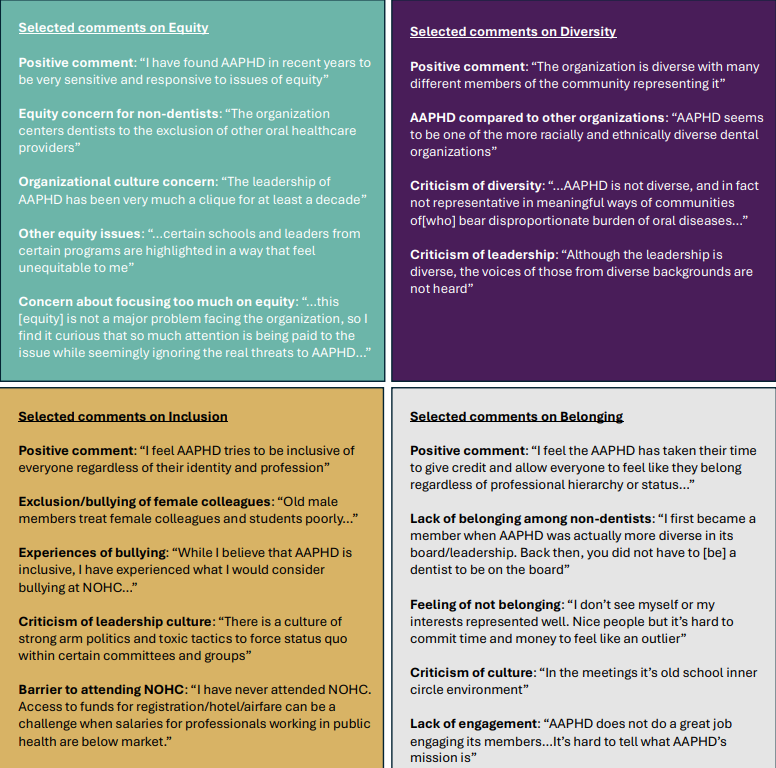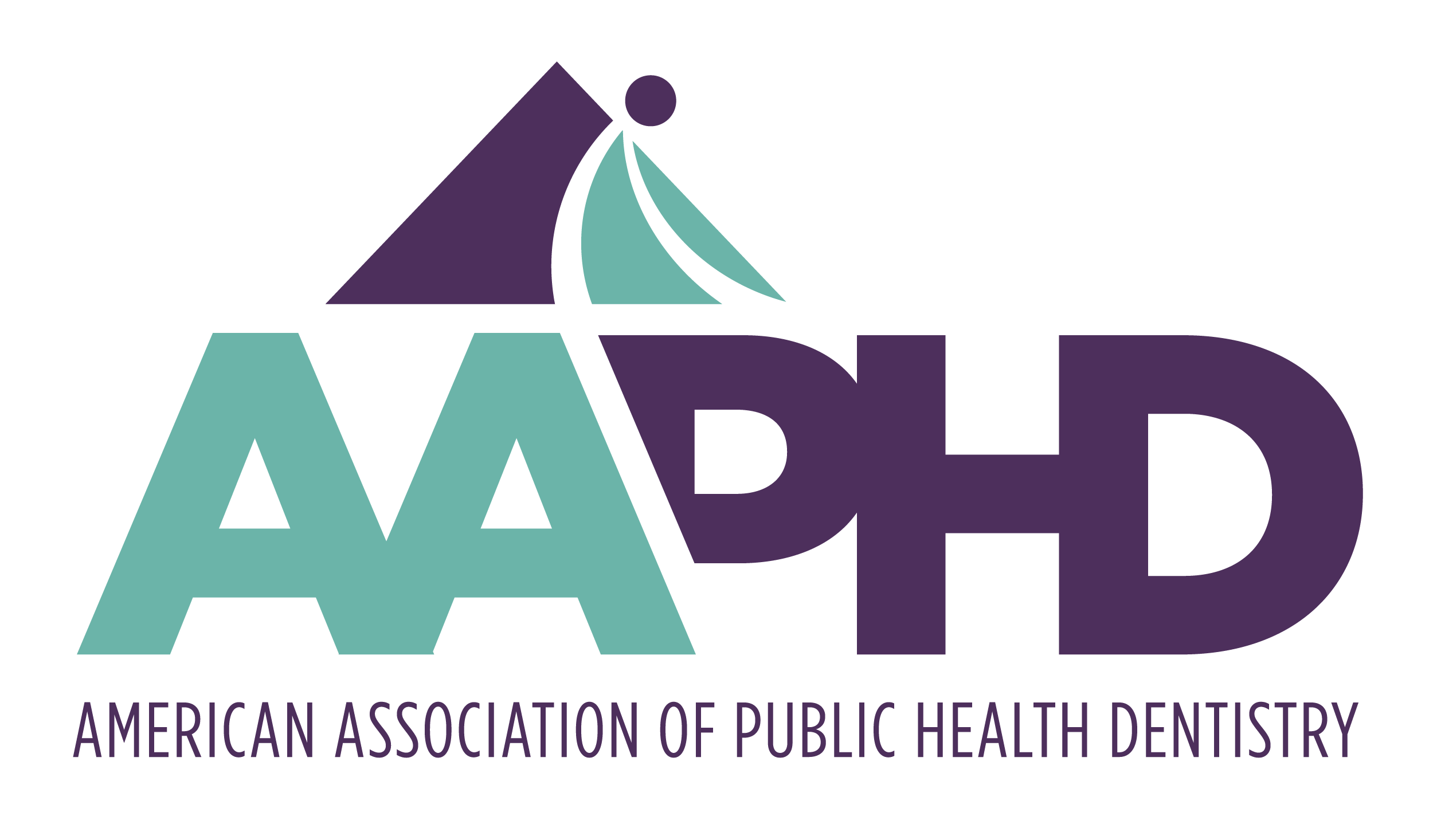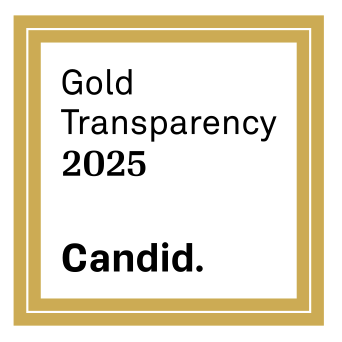- About
- Dental Public Health
- Join
- Attend
- Learn
- Lead
- Recognize
- Students
- Foundation
Equity, Diversity, Inclusion and Belonging within the AAPHD: Climate Survey ResultsThe American Association for Public Health Dentistry (AAPHD) Equity, Diversity, and Inclusion (EDI) committee conducted a climate survey of AAPHD members to assess perceptions of equity, diversity, inclusion, and belonging within AAPHD, as well as identify strengths and opportunities. The survey was distributed to all AAPHD members (n=385) via email in March 2024. A total of 83 members participated (return rate: 22%). Participants in the surveyThe survey contained 31 questions, most of which were on a 5-point Likert scale. Most respondents (59%) were between the ages of 36 and 65 years. Among those who responded, 8% identified as having a disability and 8% identified as having a sexual orientation other than heterosexual. Most (55%) identified as ‘White’, followed by 15% who identified as ‘Hispanic or Latino’, 9% who identified as ‘Black or African American,’ and 10% who identified as ‘Asian’. Only 6% of participants were not part of the dental profession and 55% were Diplomates of the American Board of Dental Public Health (ABDPH). Ten percent of participants were new AAPHD members (<2 years) and 47% have been AAPHD members for more than 10 years. The majority (71%) stated they did not currently serve on the AAPHD board, committee, or council, however, 47% had previously served on the board, committee, or council. Overall perceptions of EDI efforts within AAPHDMost survey respondents expressed positive feelings toward AAPHD EDI efforts, particularly around inclusivity, with 73/79 (92.4%) respondents expressing they feel welcome and respected as members. Over 90% of respondents disagree with the statements that their voice or contribution was not valued or that they experienced barriers accessing resources, training, or mentorship due to race, gender, or other identities. In addition, most respondents (69/74, 93.2%) agree that AAPHD is diverse. However, this portion reduces slightly to 58/63 (85.3%) when asked about diversity within AAPHD leadership. While most responses were positive, respondents also raised key issues to consider. These include (a) the inability of non-dentists to attain full AAPHD membership and the resulting feelings of inequity associated with this; (b) financial barriers, particularly for attending the NOHC; (c) experiences of bullying and exclusion among female colleagues; and (d) the need for improved organizational culture, particularly among AAPHD leadership, which was referred to as a “clique.” Recommendations from the EDI Committee for consideration by the AAPHD Board
Figure. Selected comments on equity, diversity, inclusion, and belonging For more information about this study, please read our full report, which will be available soon. |

